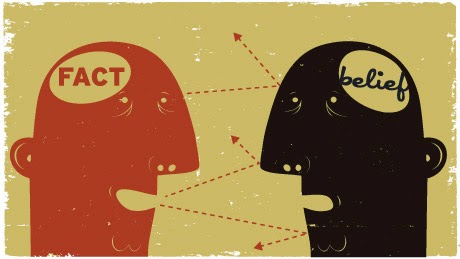
Bias is an inclination of temperament or outlook; especially: a personal and sometimes unreasoned judgment (Merriam-Webster Dictionary). Theoretically, news outlets should behave objectively, that is without bias, but complete objectivity is difficult to achieve. Often news stations have a bias. Many are parts of larger conglomerate businesses, and others make money through advertising these ties make it difficult for news channels to comment negatively on business partners. Other news outlets appeal to a specific demographic and ostracize others to create a stronger community.
One particular strong type of bias is confirmation bias. Confirmation Bias means it is easier for people to accept an idea that they already agree with. In short, if a news story aligns with preconceived beliefs, people are much more likely to believe it. Conversely, this means people have a difficult time coming to terms with facts that challenge their beliefs (Heshmat). In a fractured media landscape, people can find sources that back up any belief they have. Unfortunately, these sources are sometimes fake news.
In the end, avoiding bias entirely is extremely difficult. Some news organizations like C-SPAN and Associated Press report neutrally, but they lack commentary and political discourse. A conscientious reader should be aware of a source's bias and keep in mind as they are reading.
